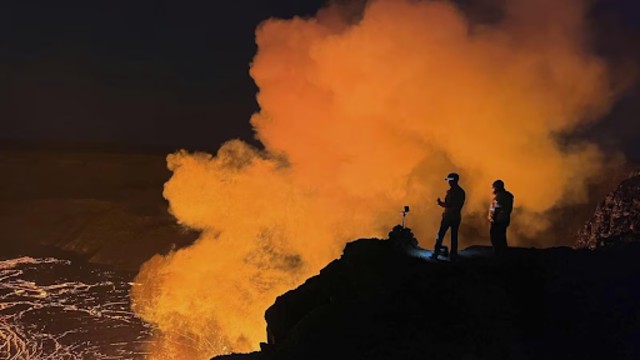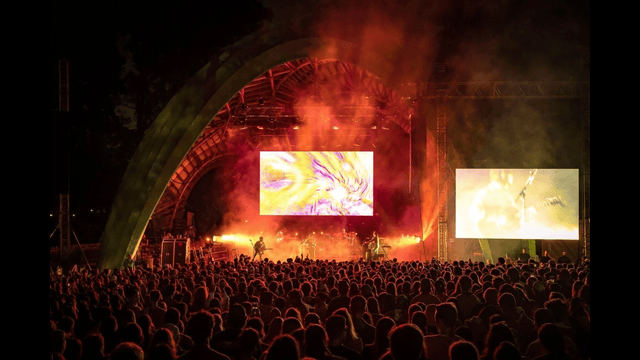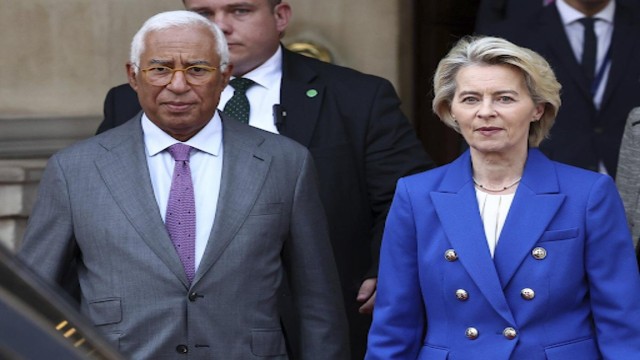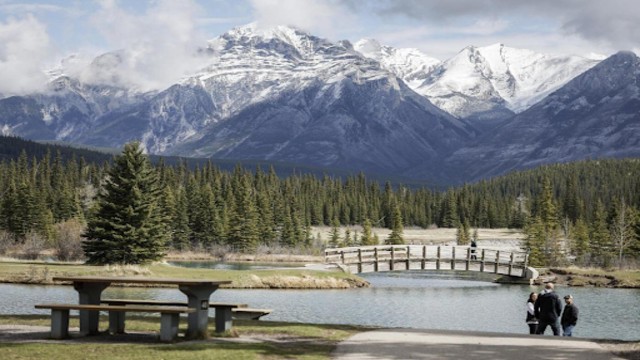
A geologist stands at the crater’s edge, observing lava fountains lighting up the evening sky at Halemaʻumaʻu Crater, located at Kilauea’s summit in Hawaii Volcanoes National Park on Tuesday, February 11, 2025. AP Photo
Kilauea volcano eruption has occurred once again, sending fountains of lava into the air on Hawaii’s Big Island. This latest eruption began Wednesday evening, marking the 10th time the volcano has come to life since December 23.
Kilauea is one of the most active volcanoes in the world. It has been erupting on and off for nearly two months. The activity has been concentrated at the summit crater inside Hawaii Volcanoes National Park. Fortunately, no homes or communities have been in danger from the lava flows.
The current eruption started at 8:22 p.m., with lava shooting up between 300 and 400 feet (91 to 122 meters) from the volcano’s north vent. This dramatic display has drawn many visitors to the national park, where they can witness the fiery spectacle from designated viewpoints.
The Hawaiian Volcano Observatory reported that previous eruption episodes have lasted anywhere from 13 hours to over a week. Each burst is followed by a pause before activity resumes. The last eruption, the ninth in this recent series, ended on the morning of February 12.
Kilauea is located about 200 miles (320 kilometers) southeast of Honolulu. It has a long history of eruptions, with some lasting for years. Scientists continue to monitor the volcano closely to track its activity and potential risks.















